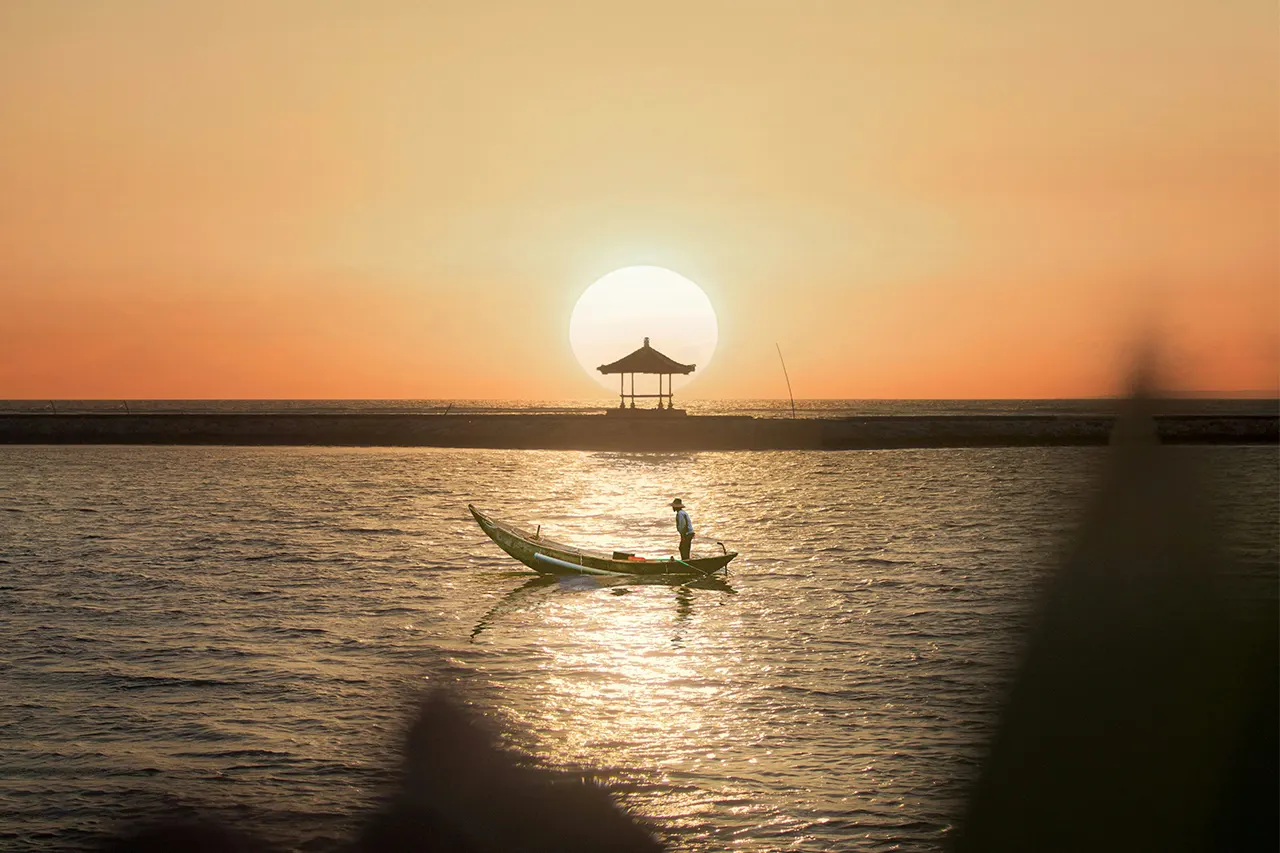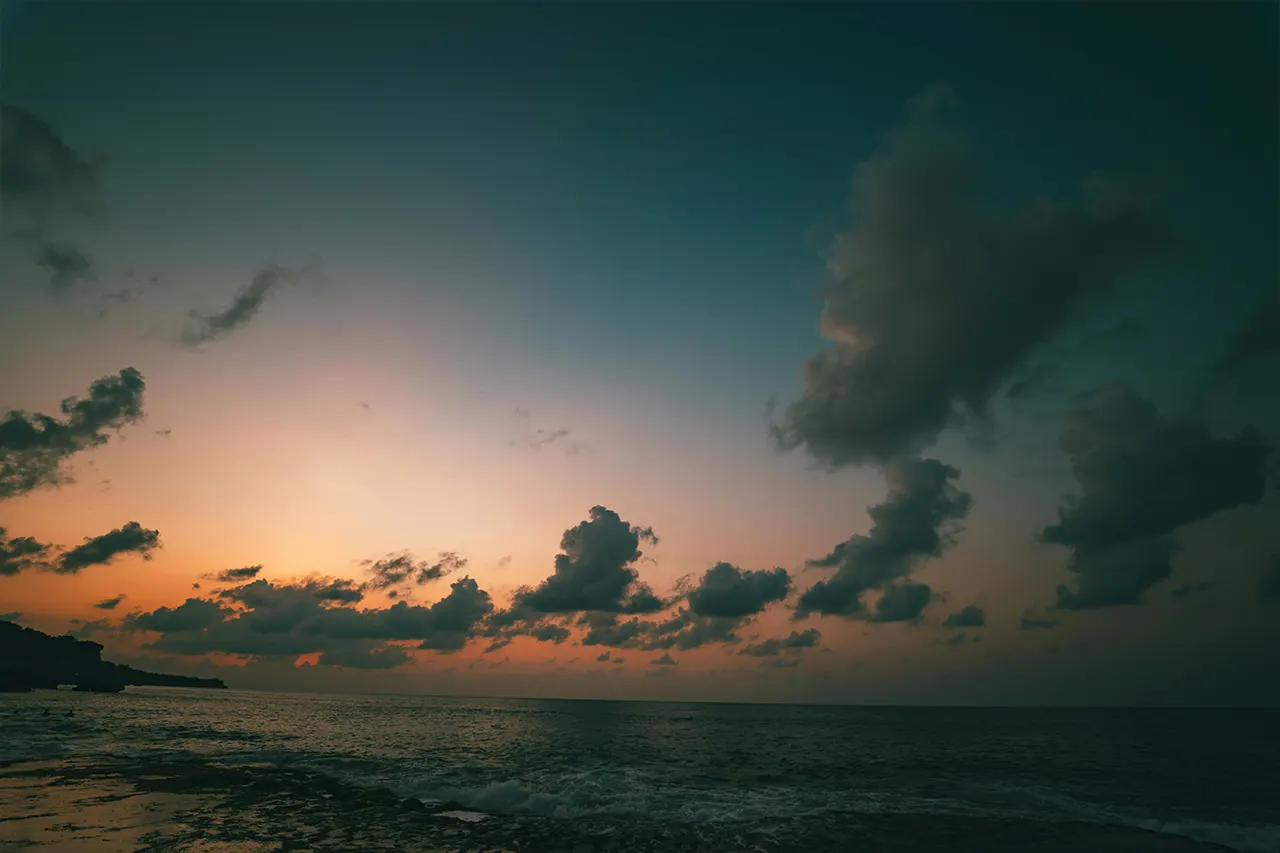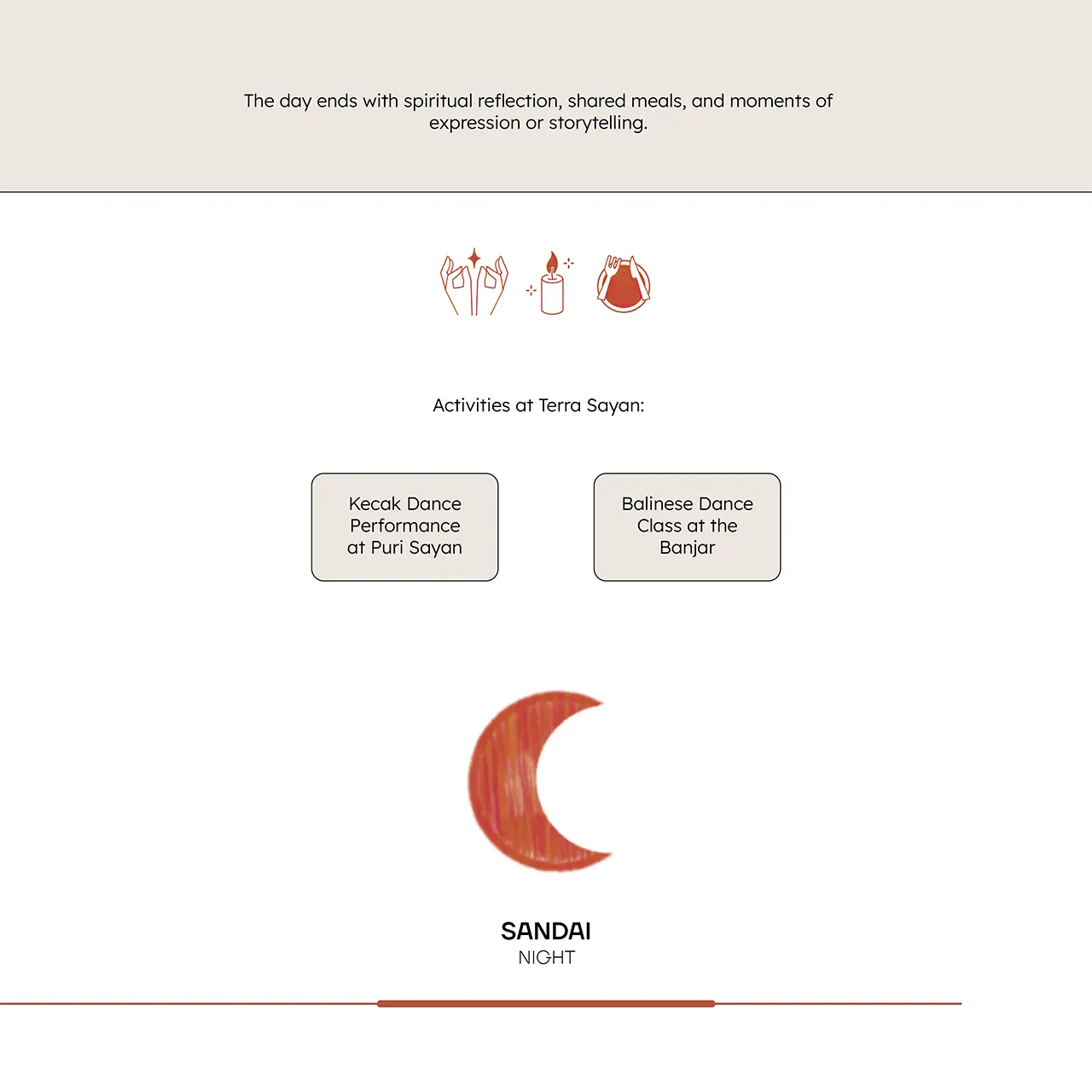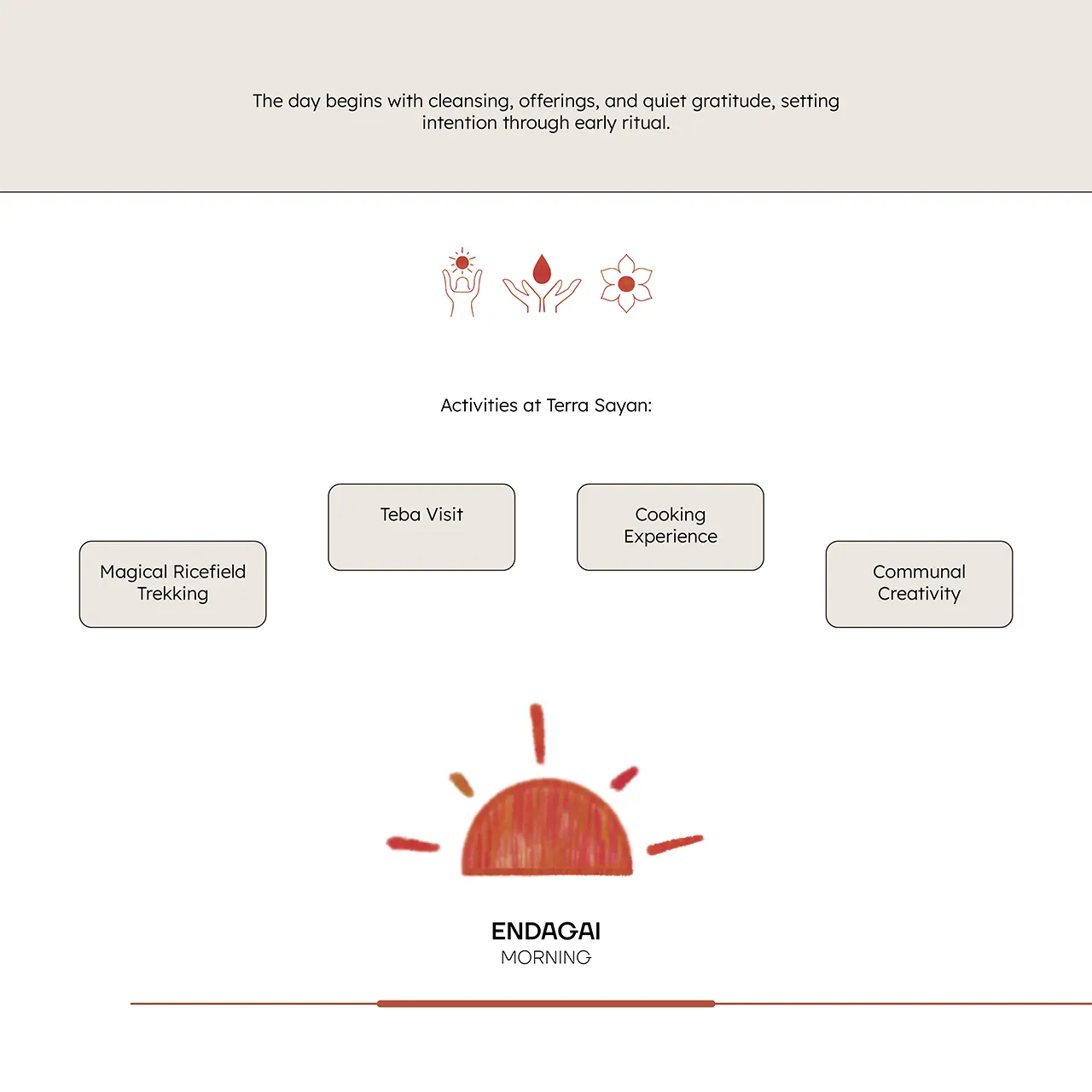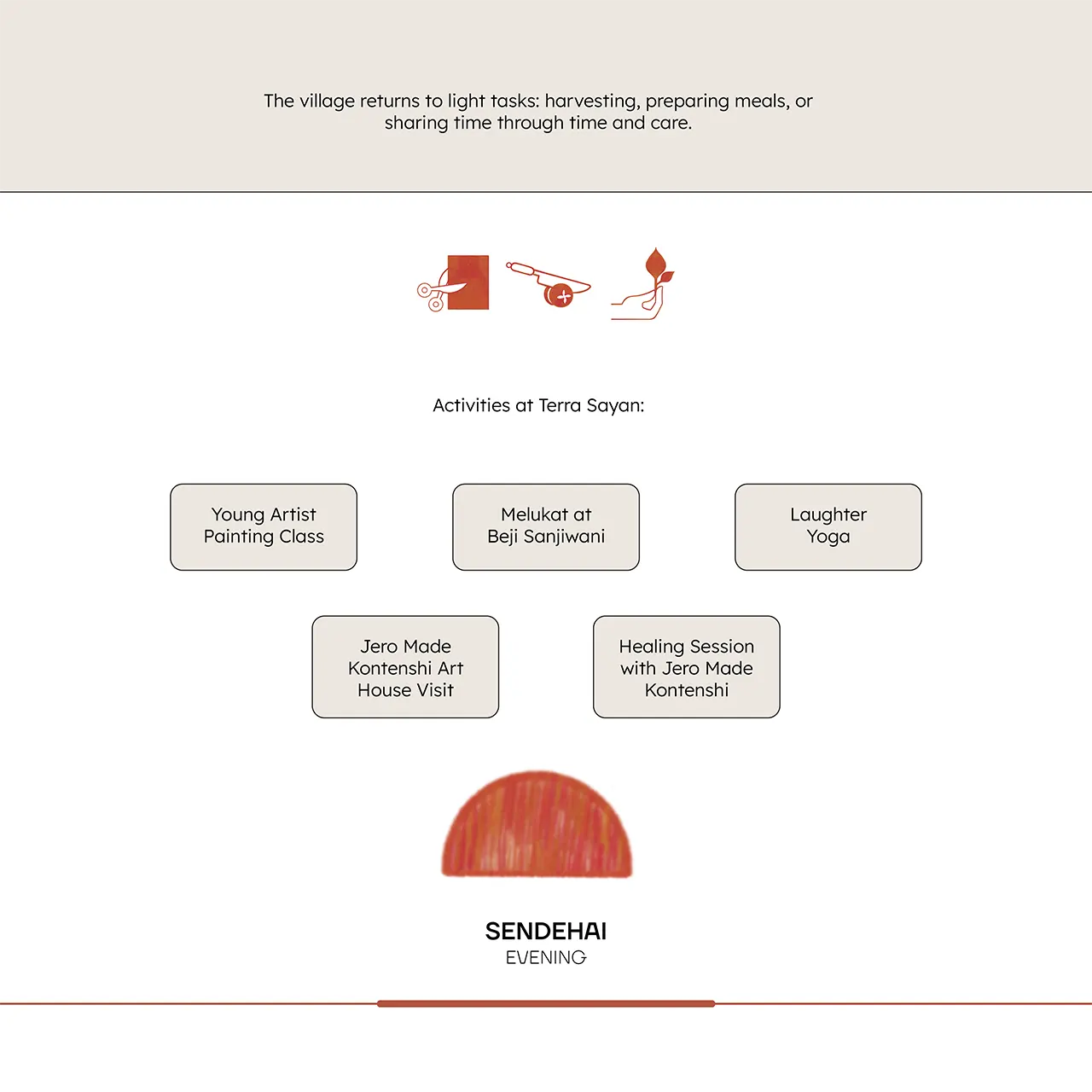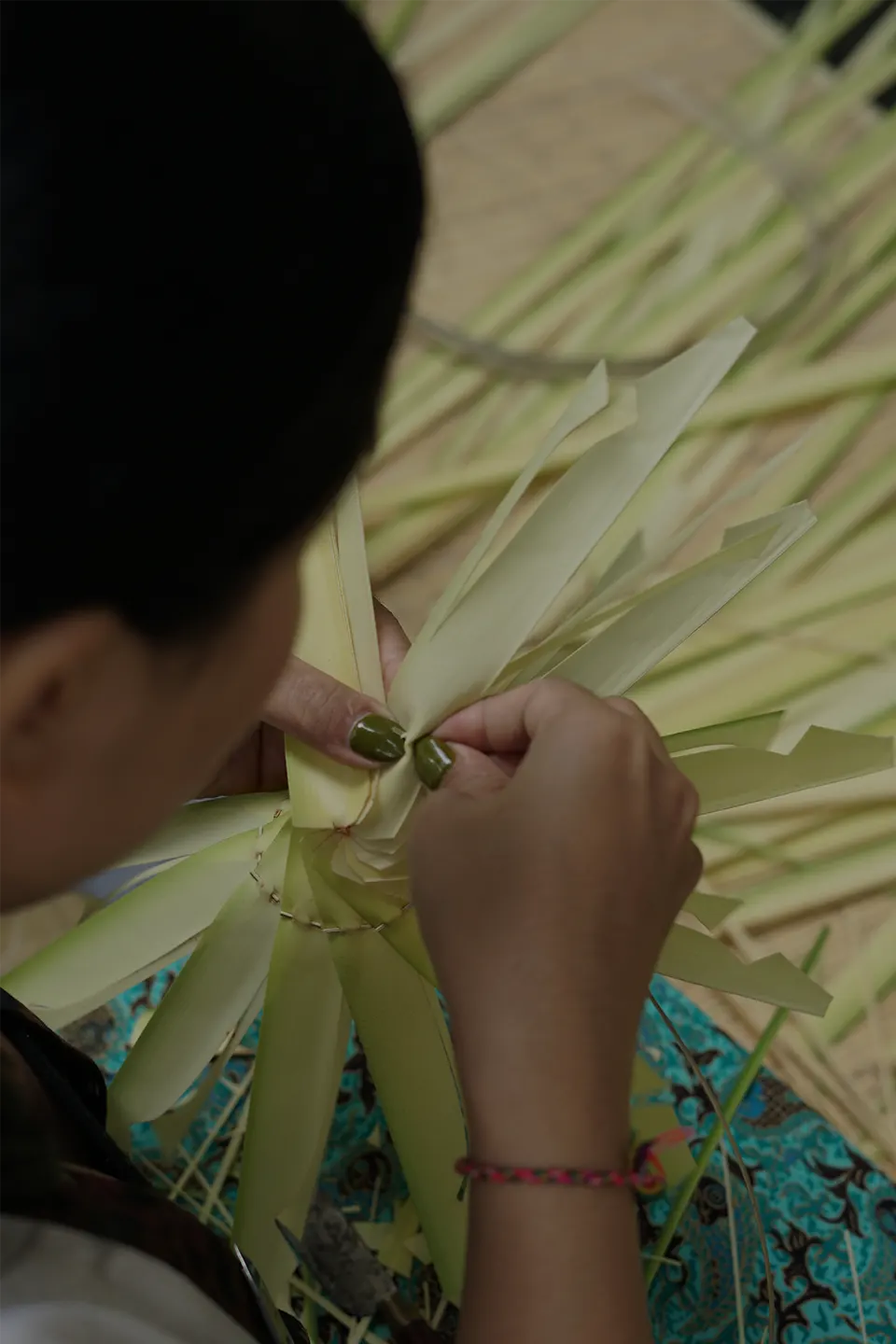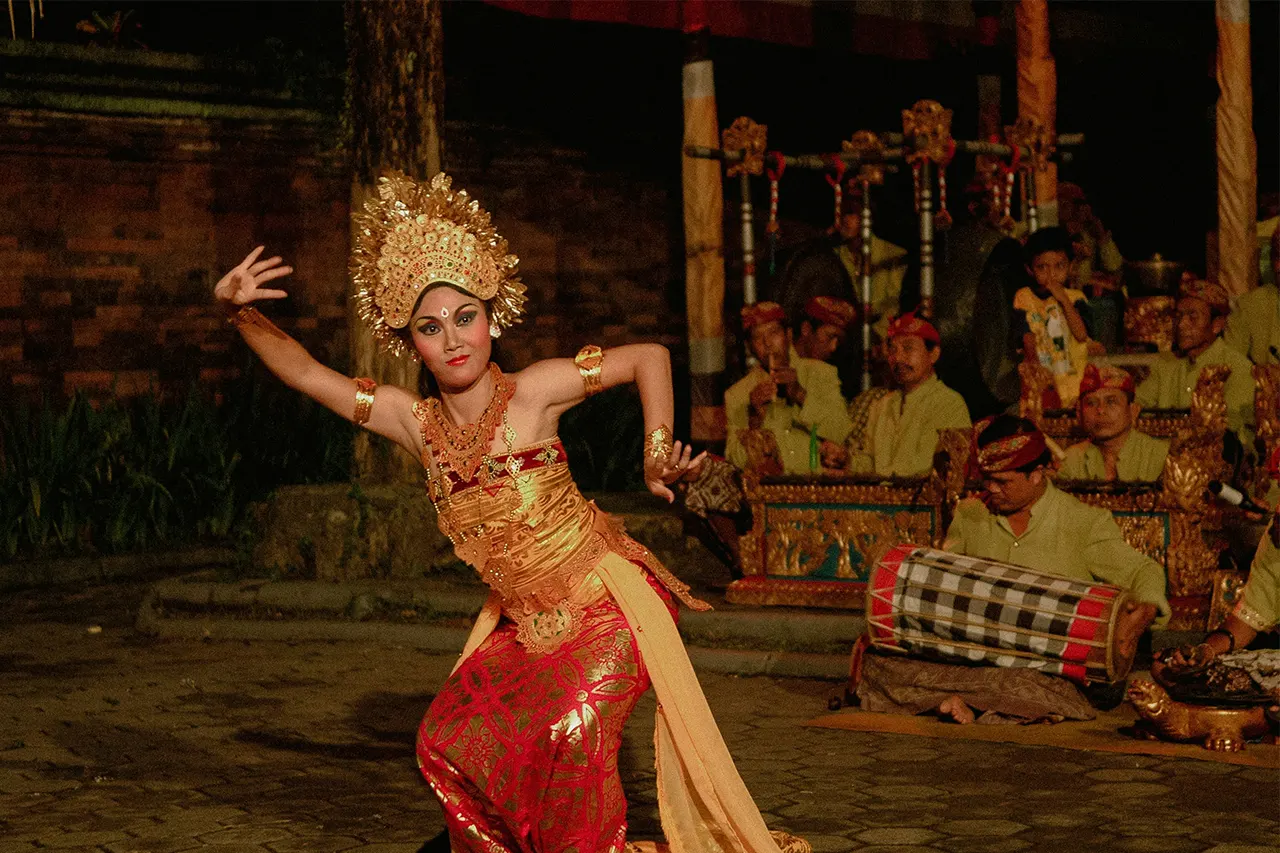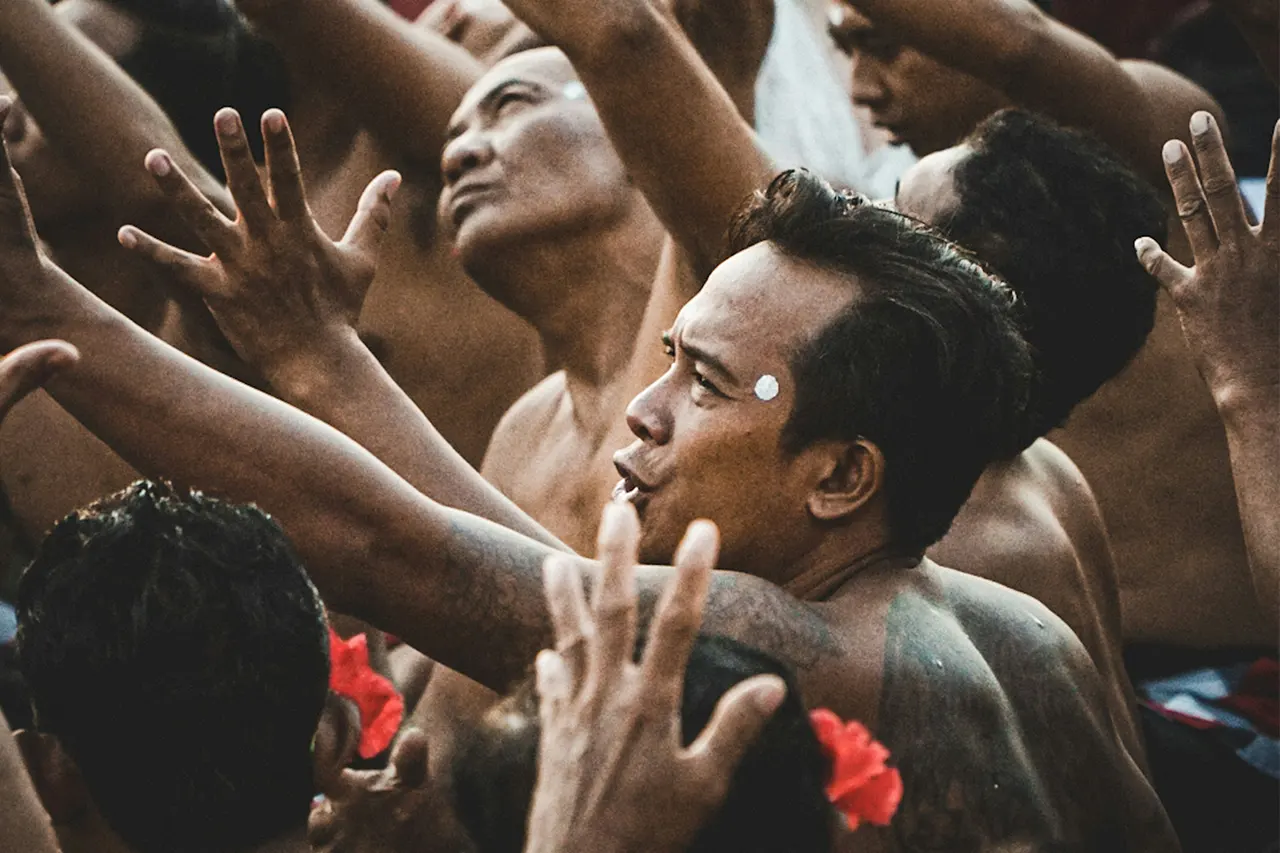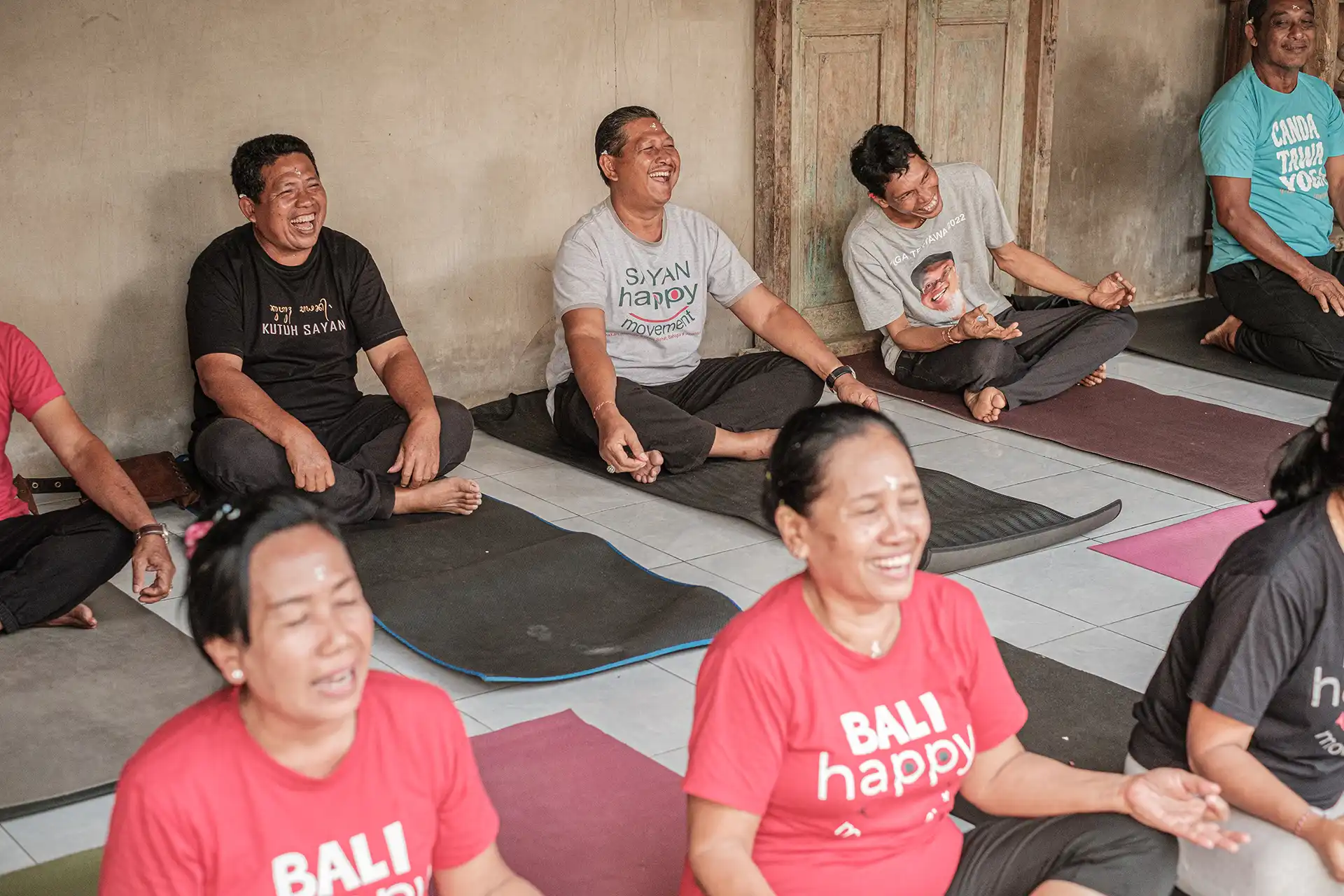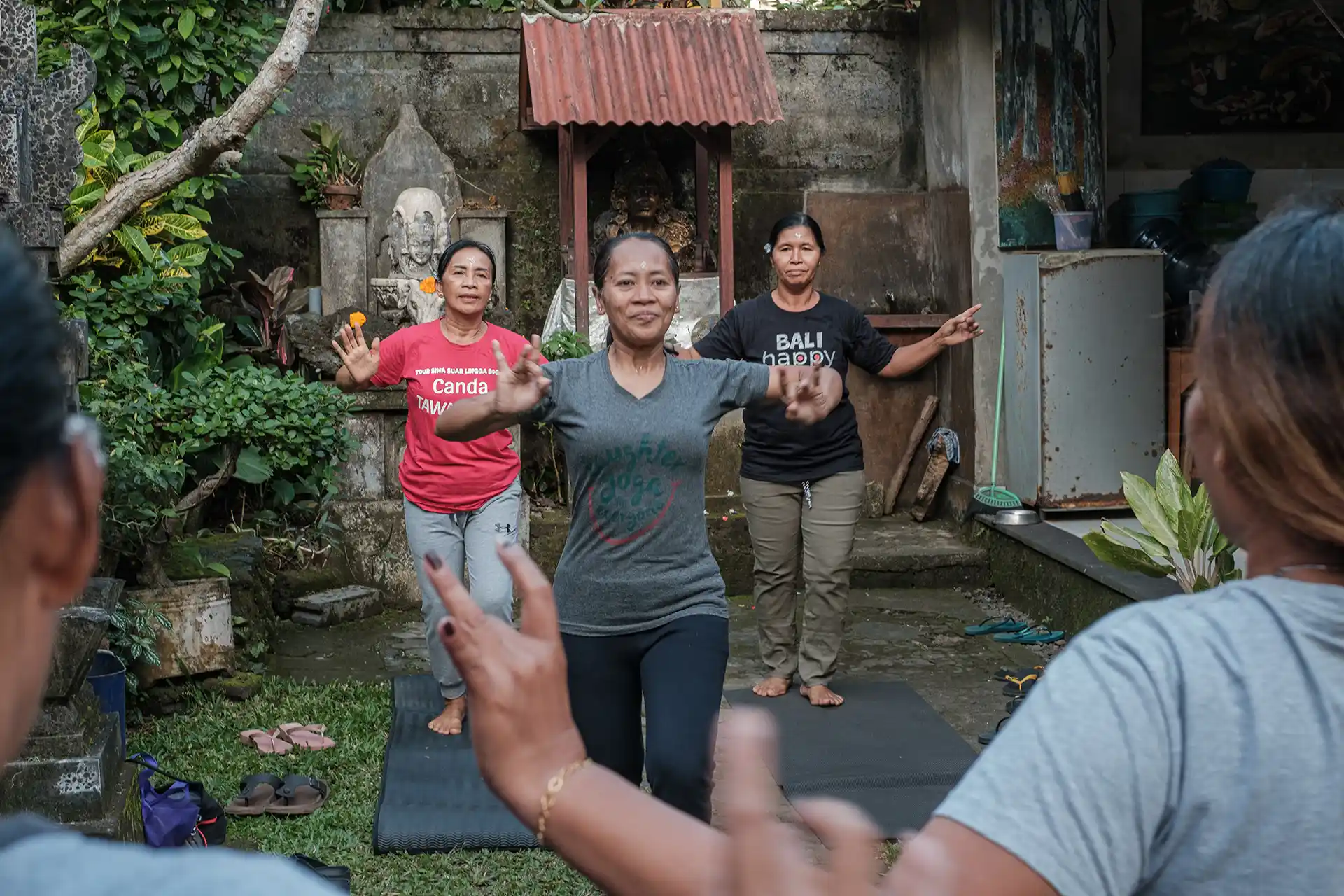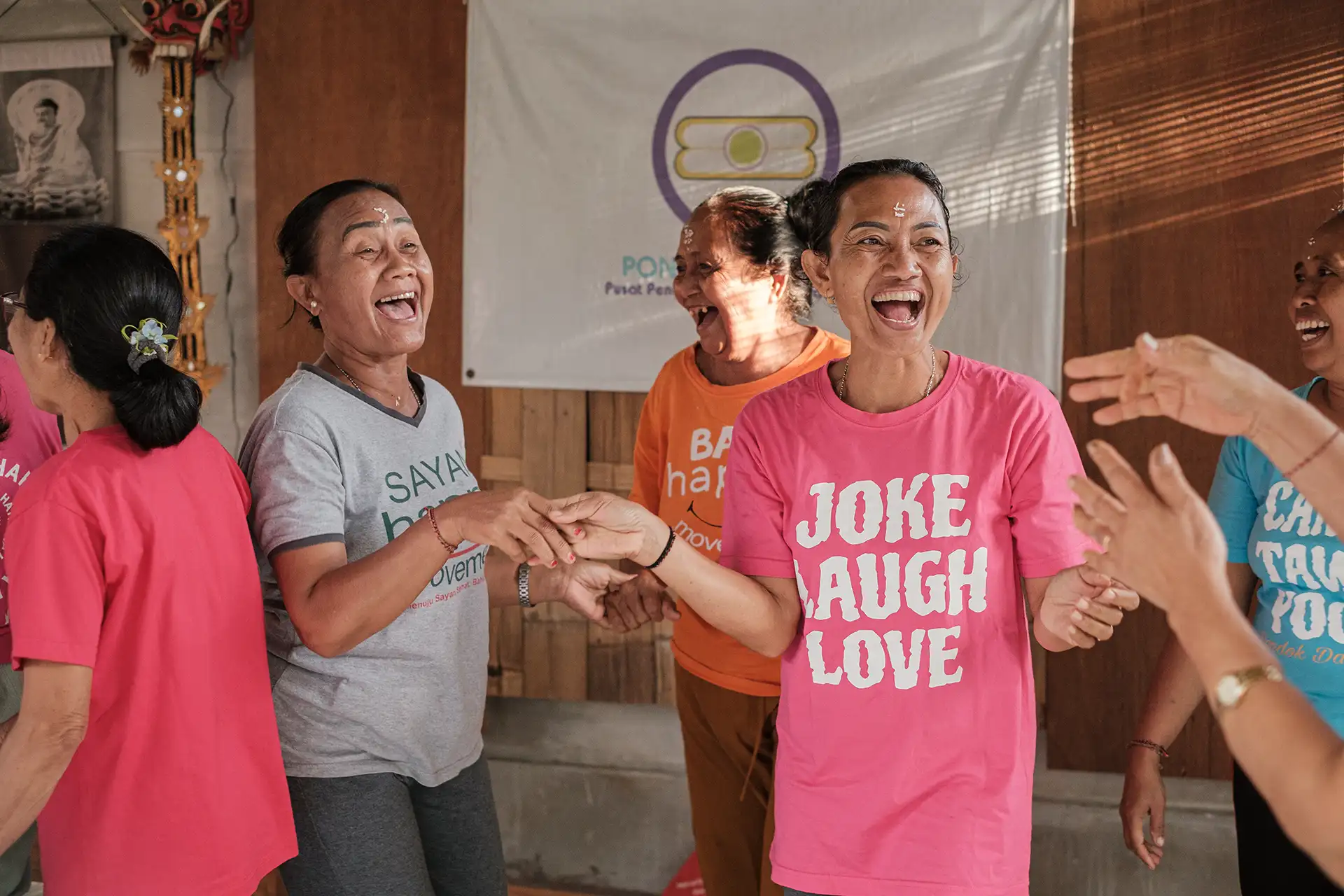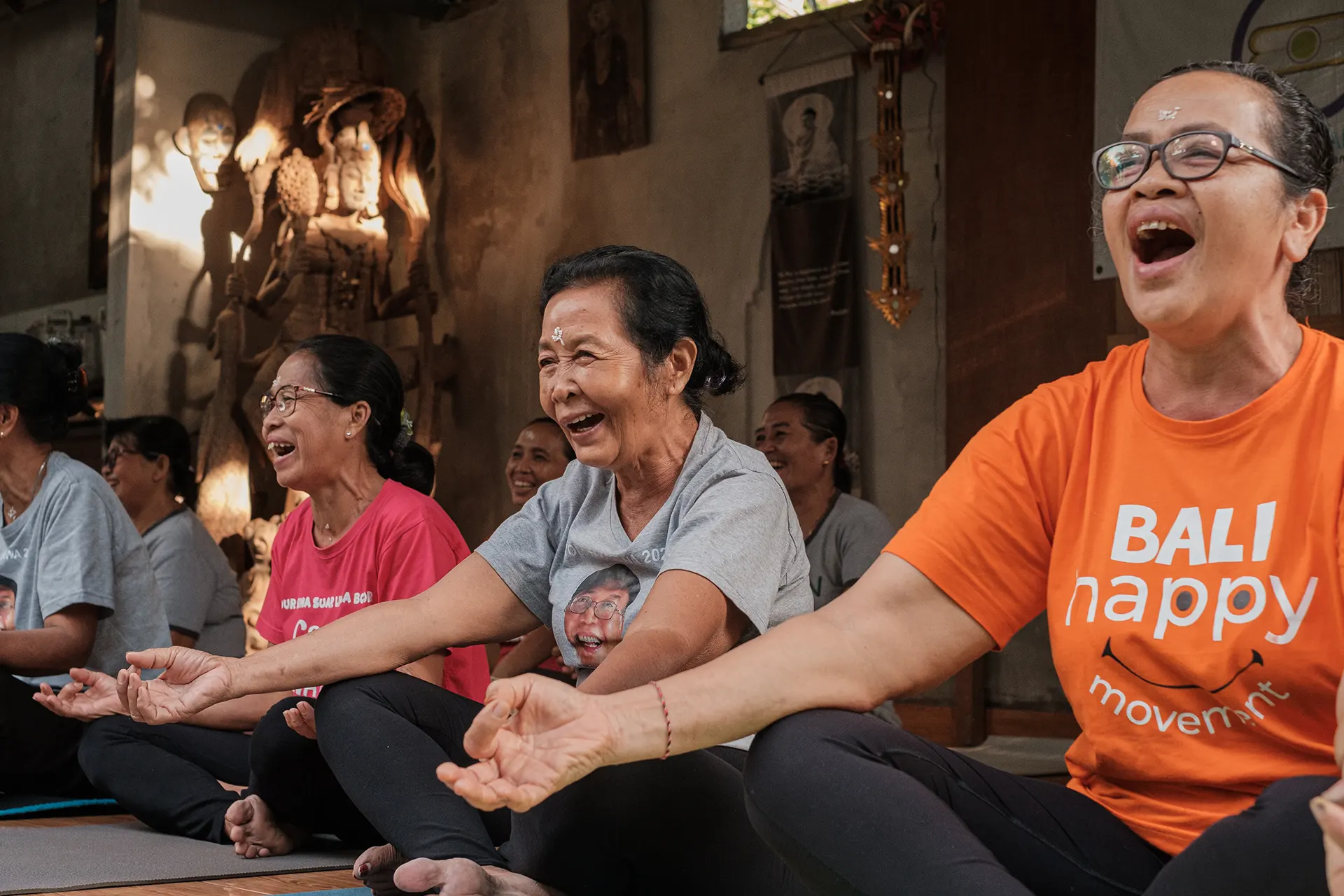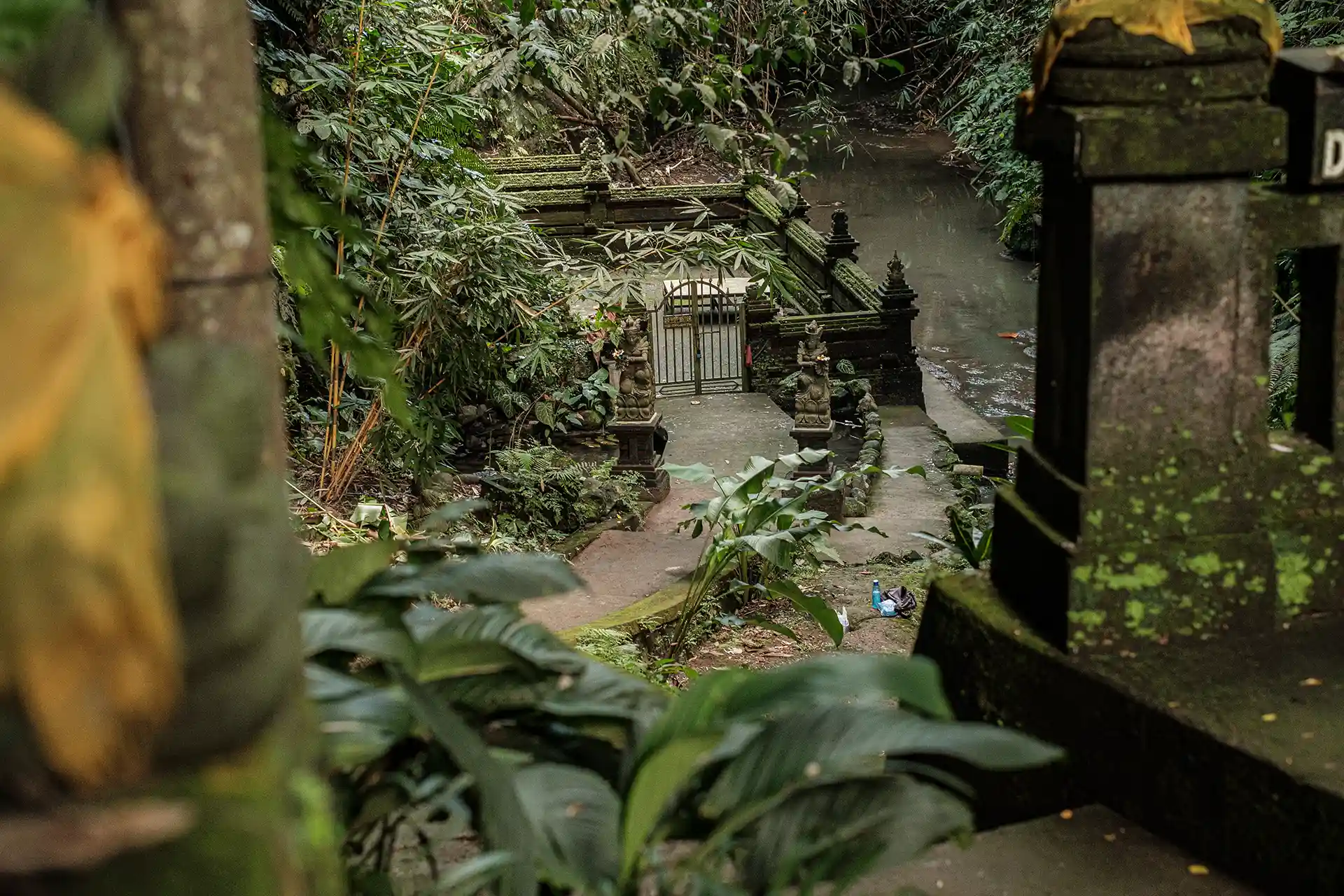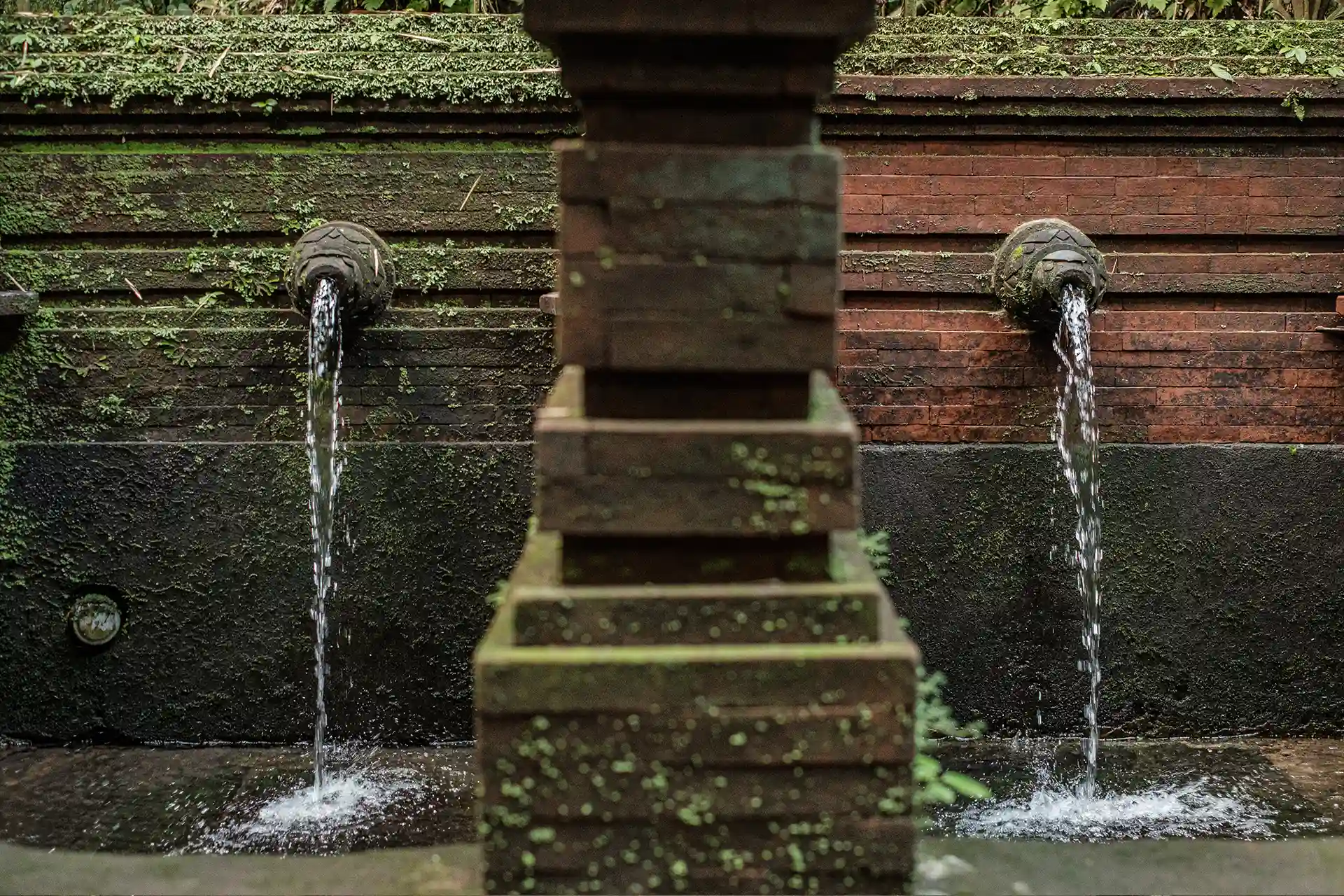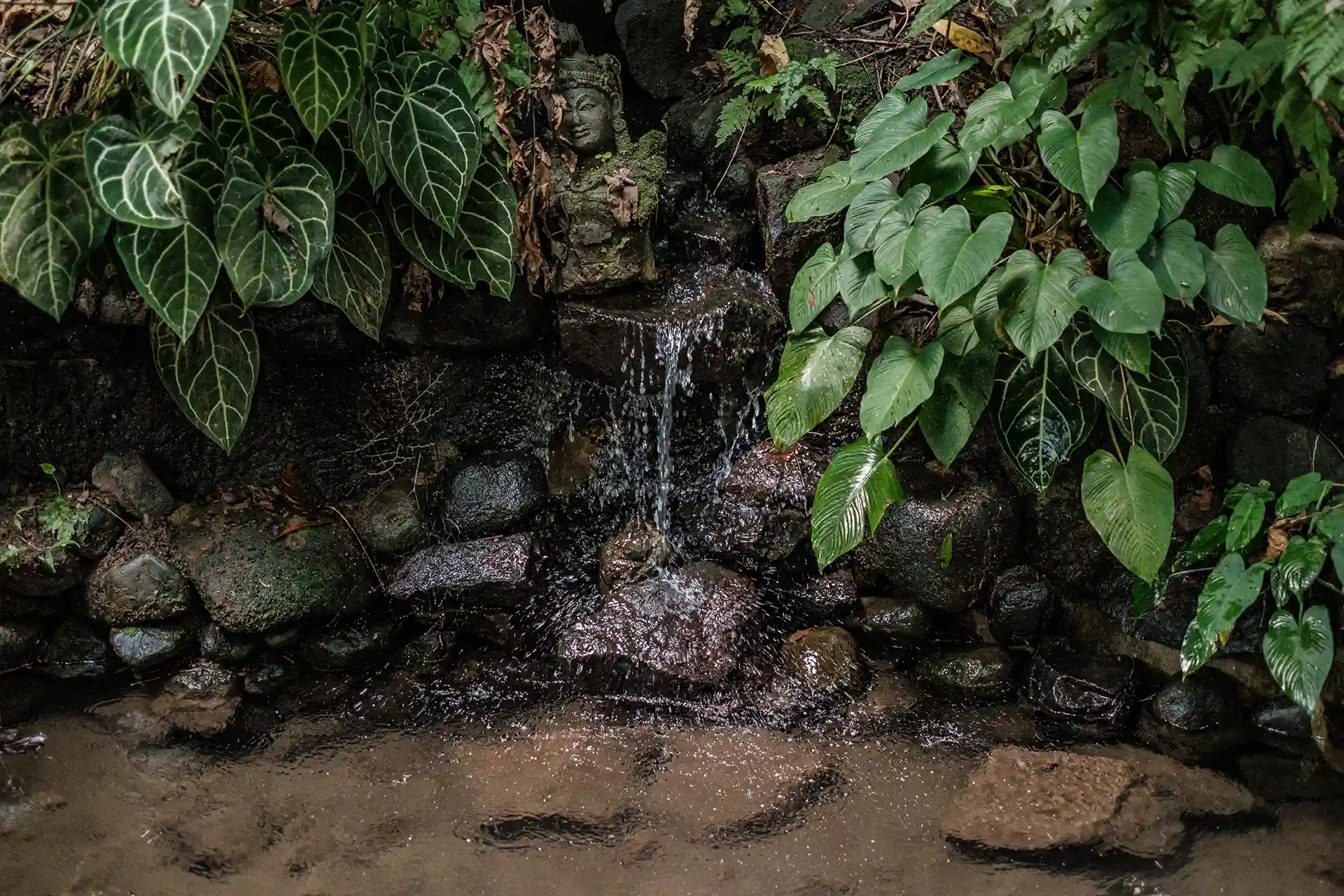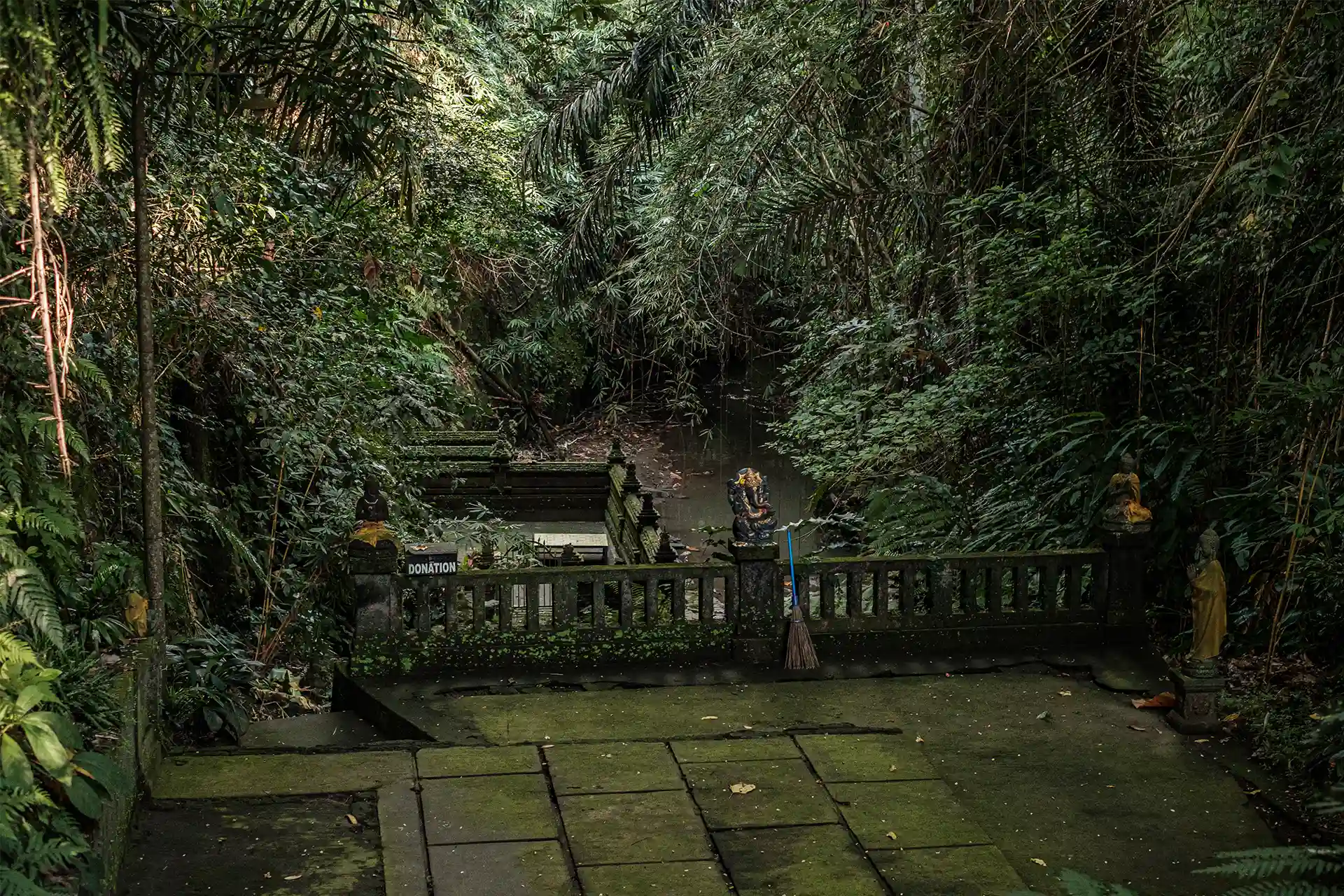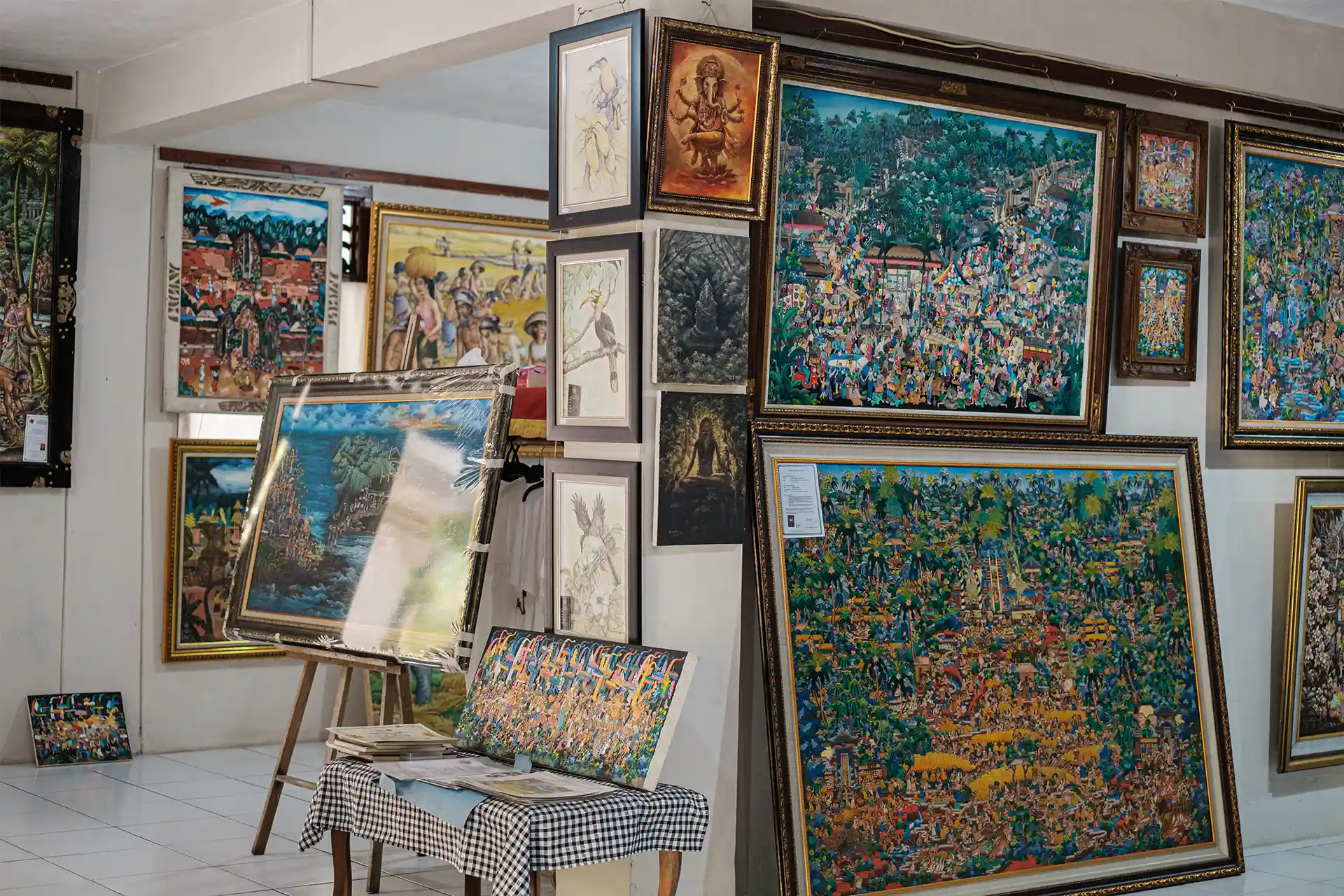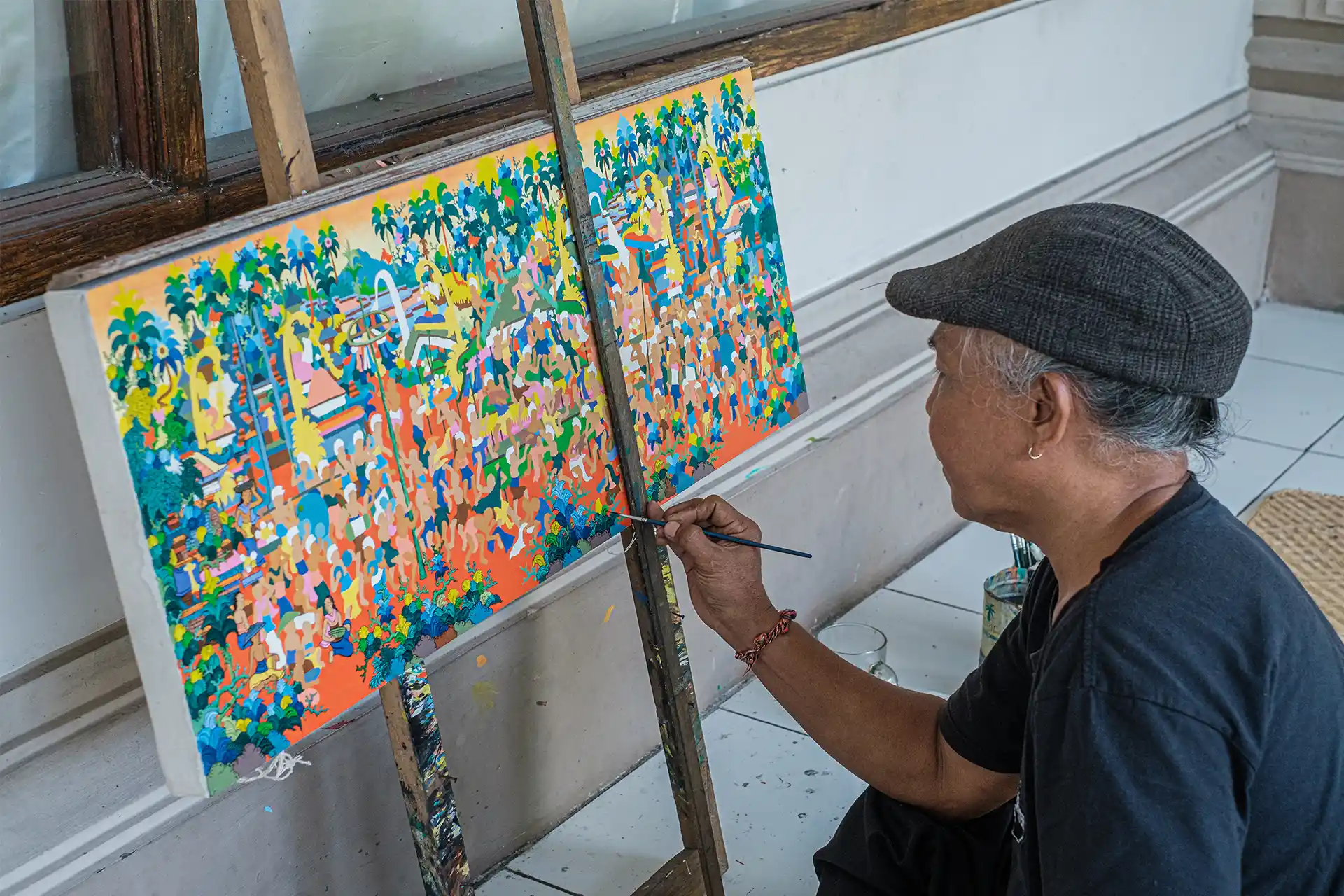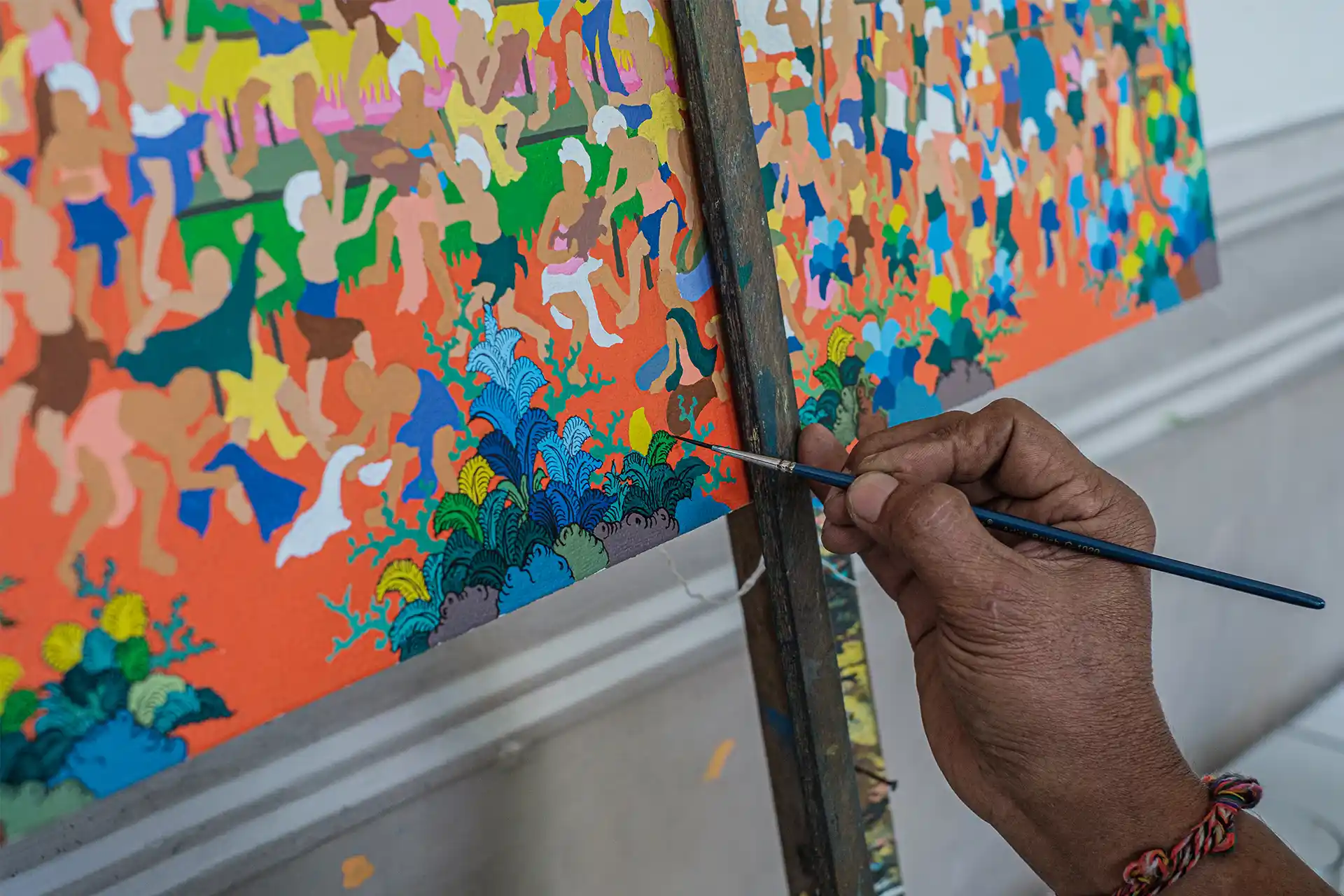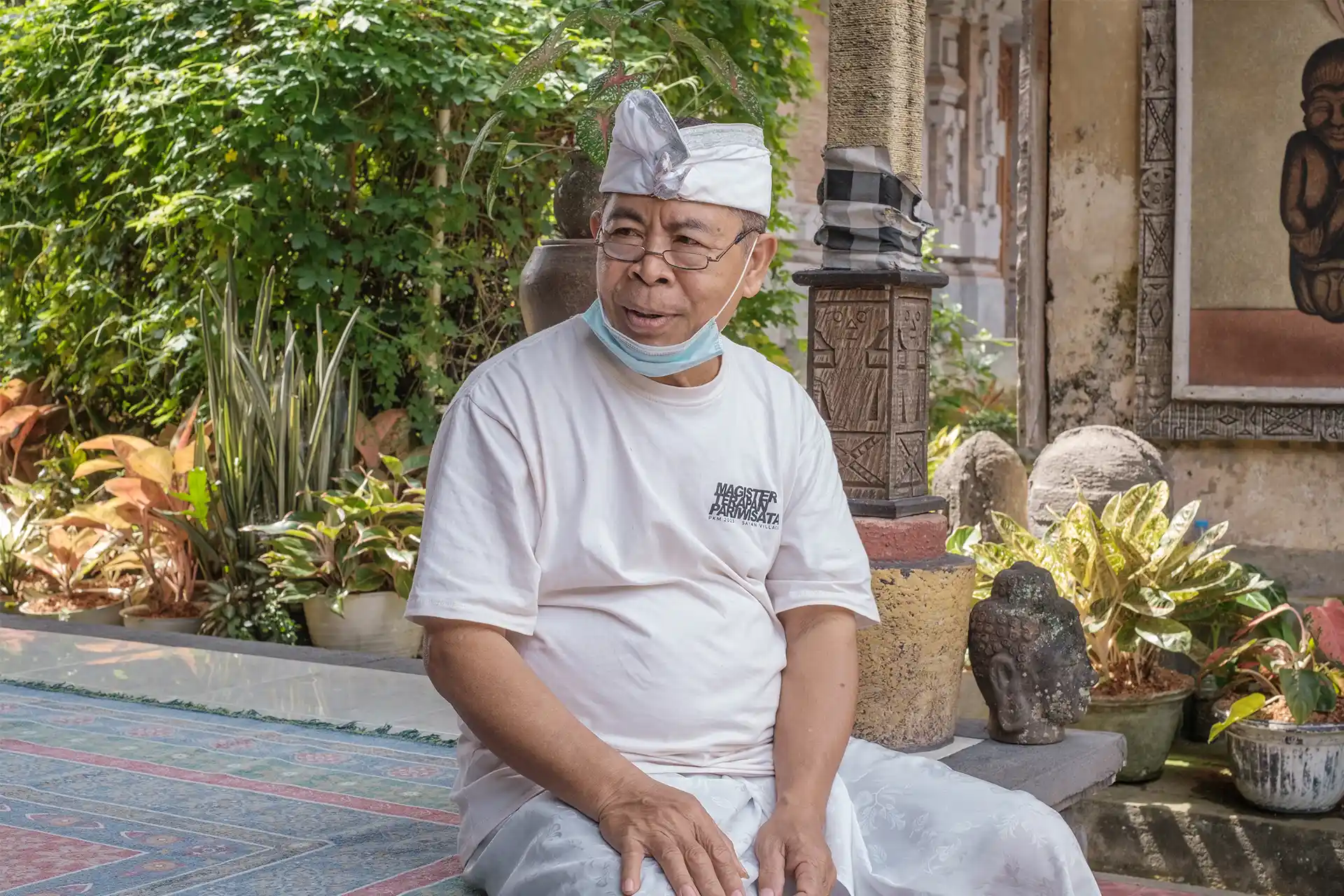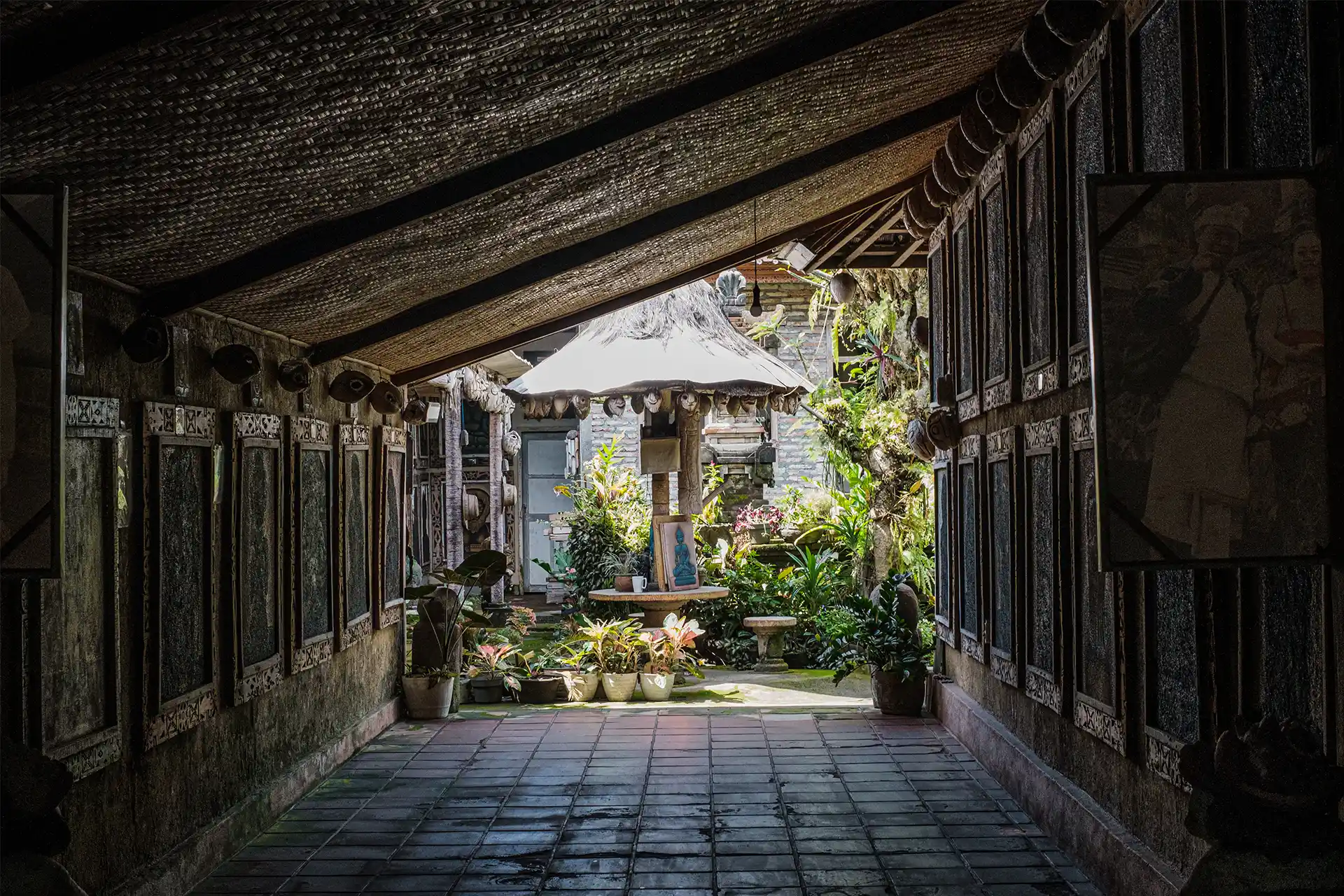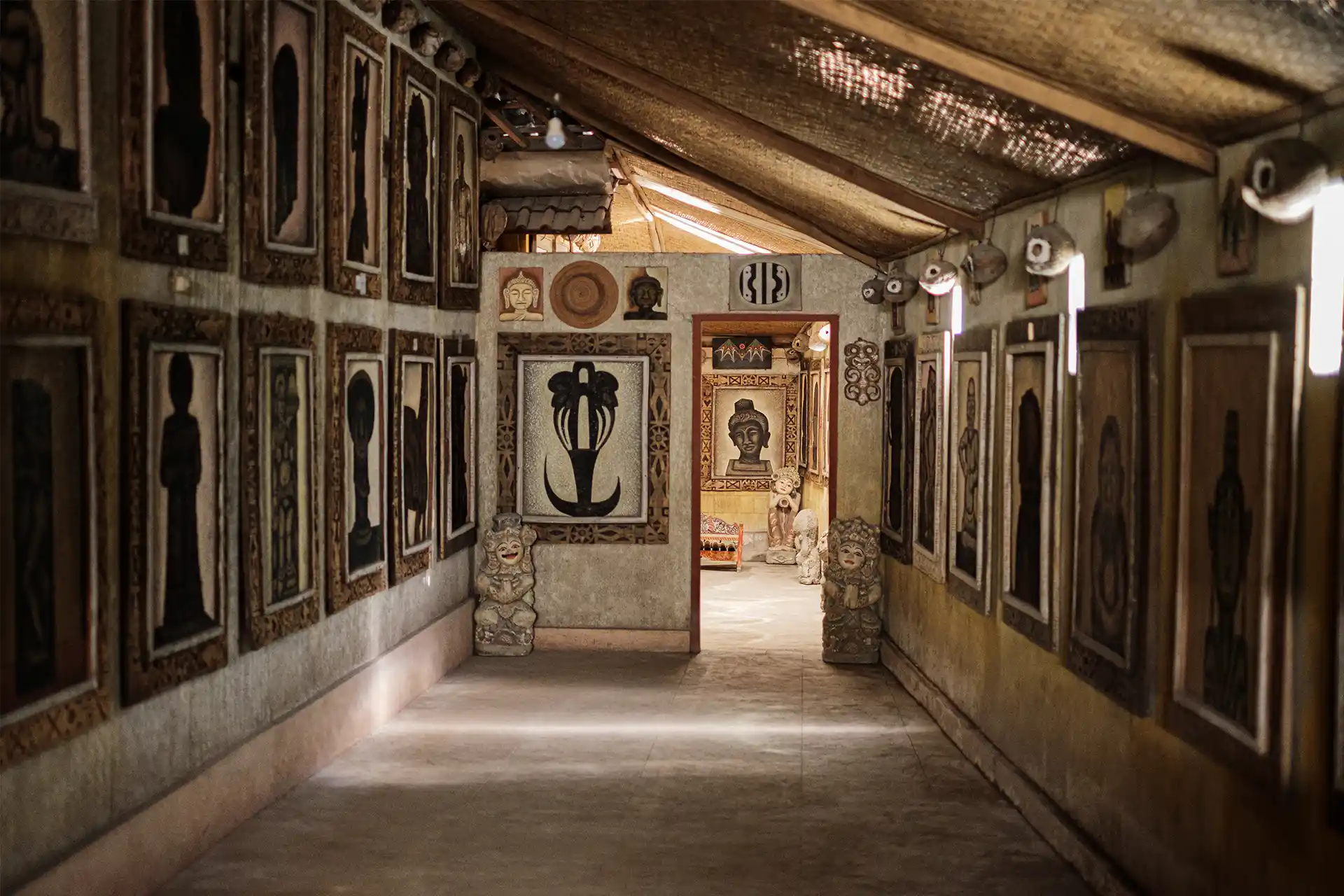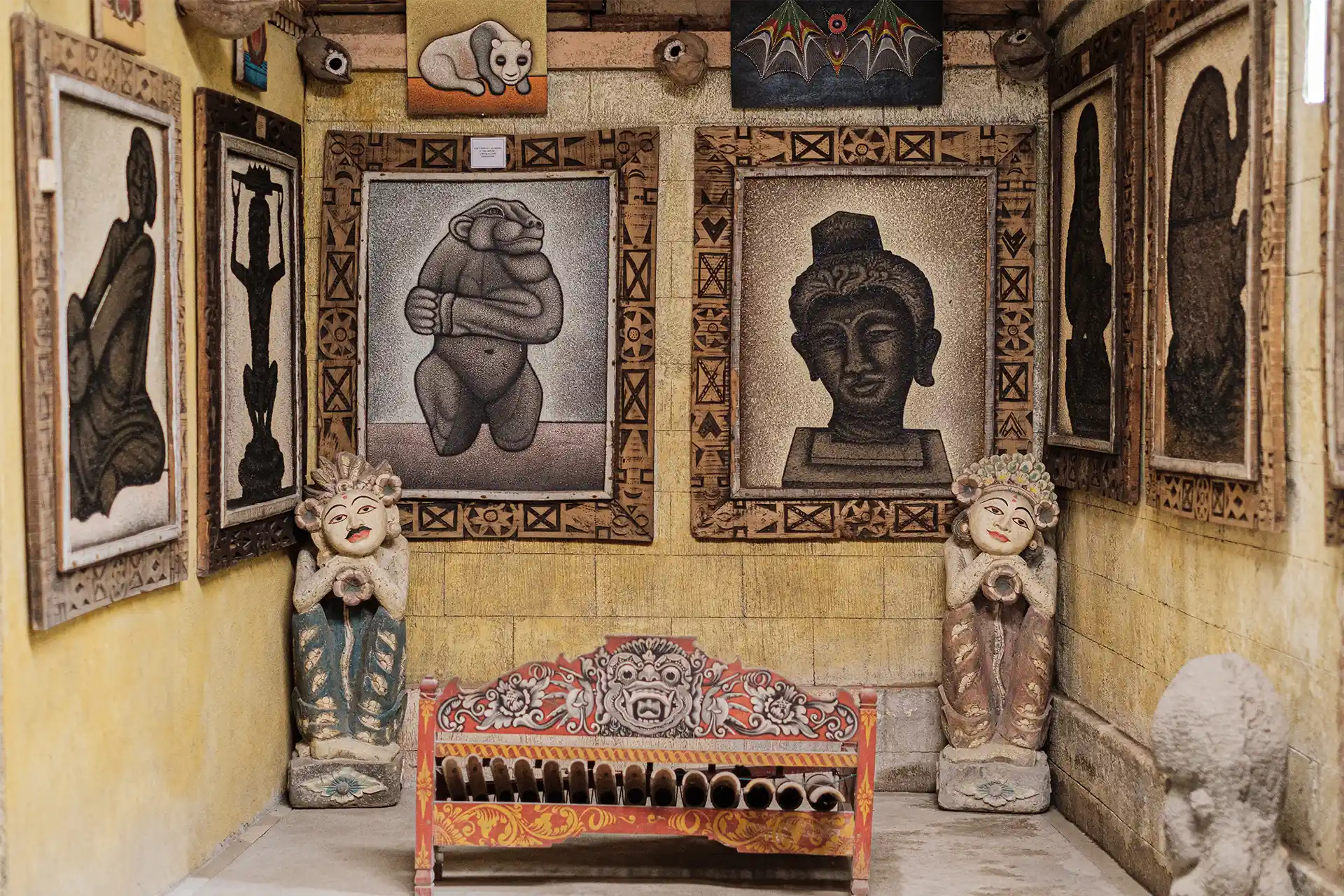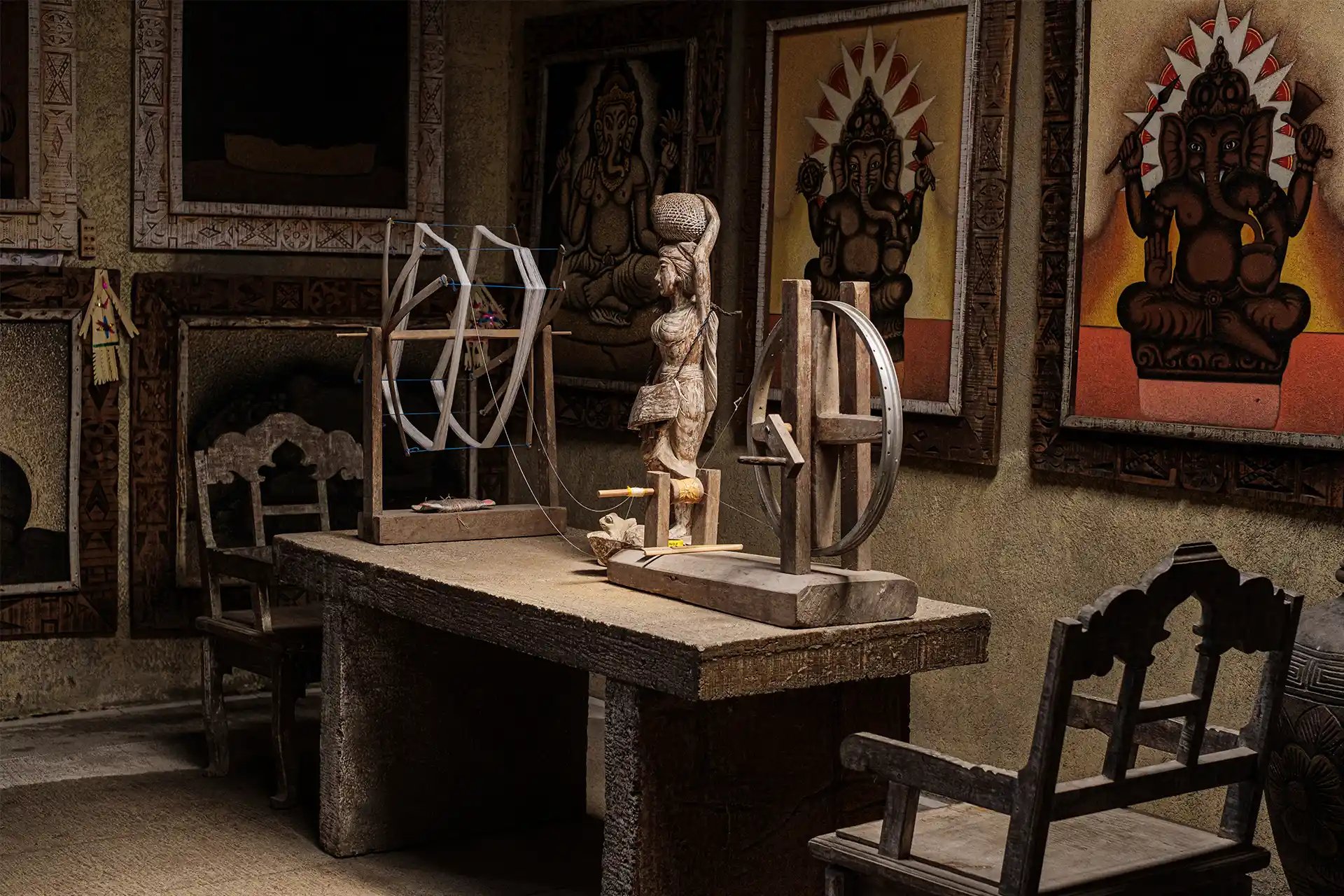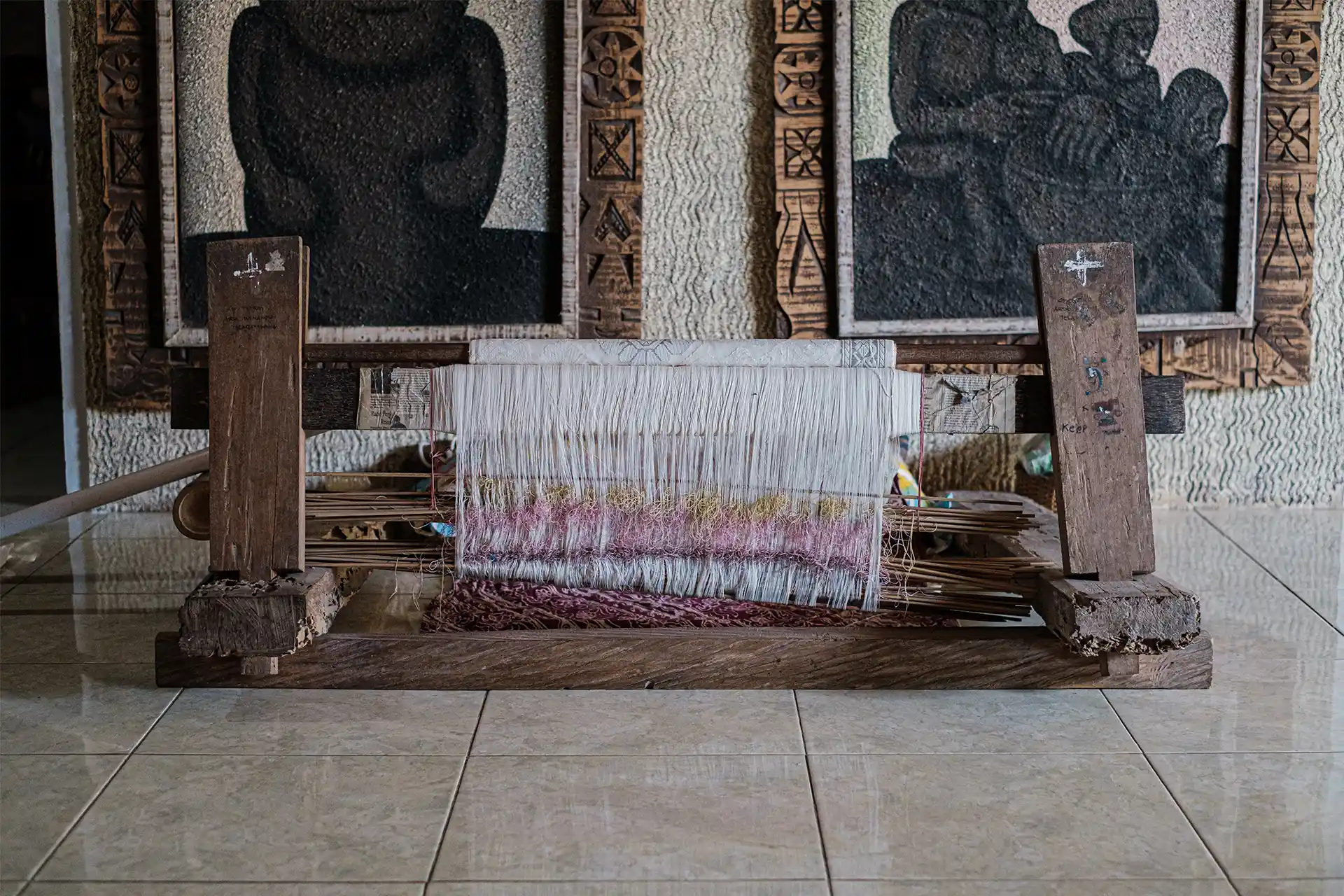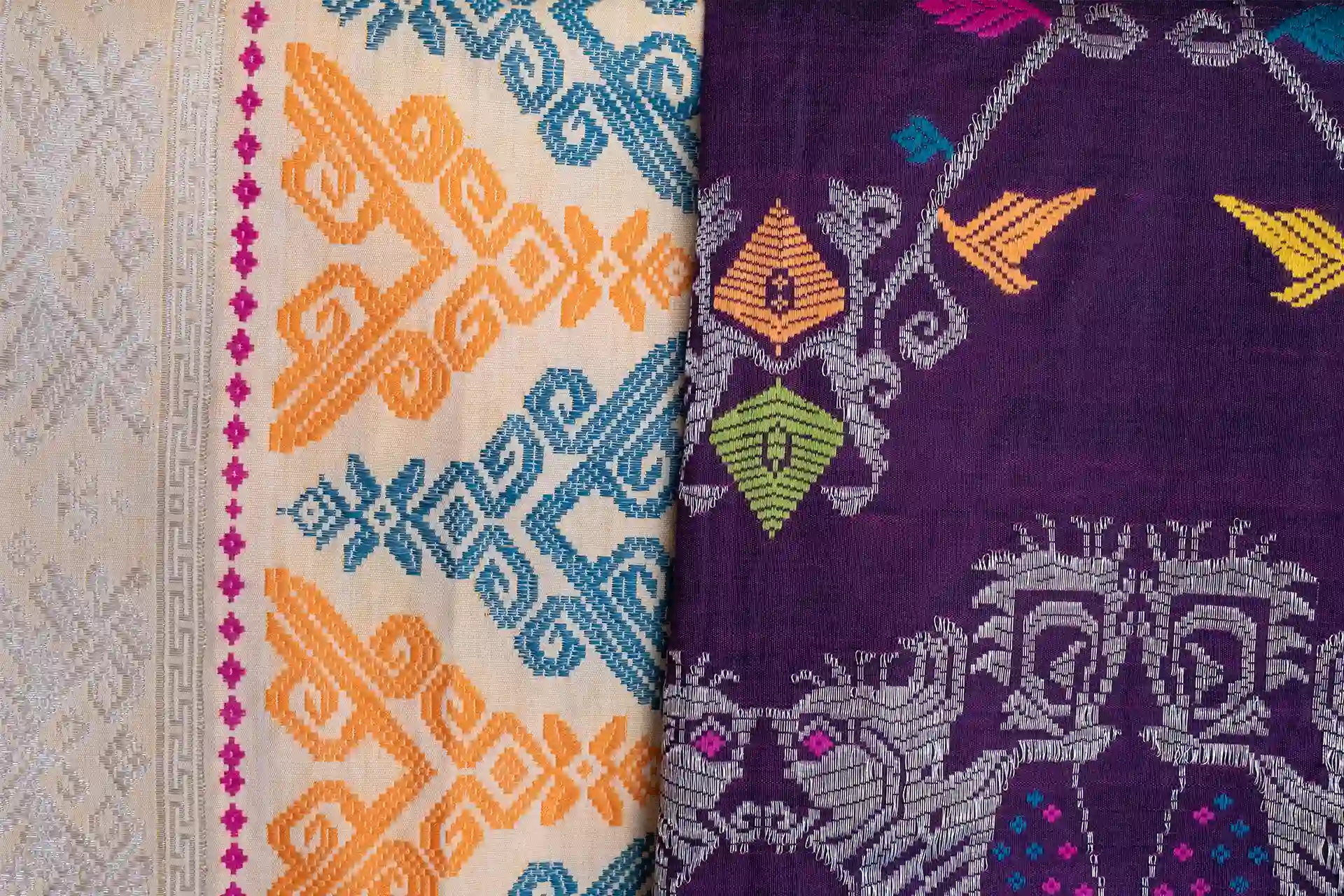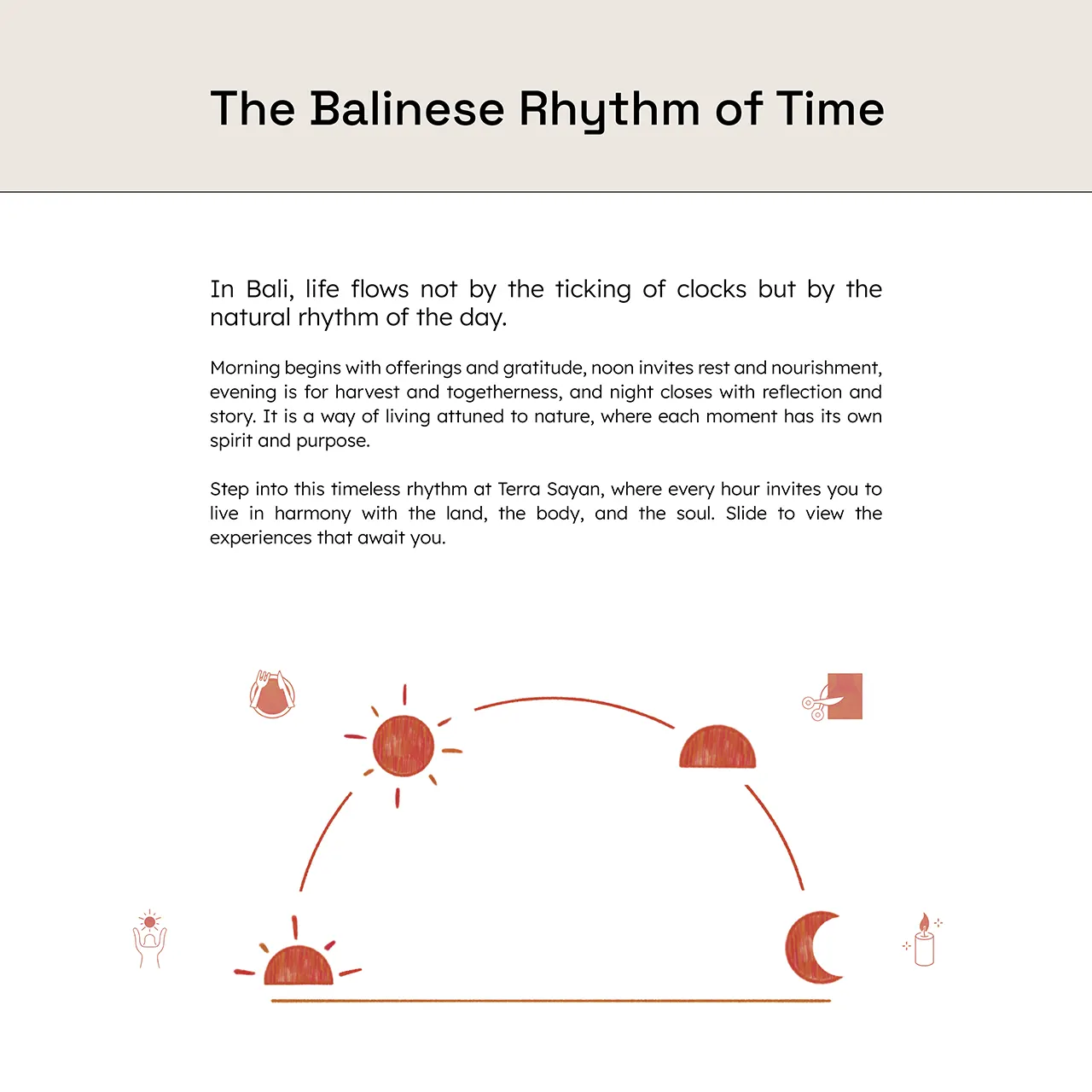The Balinese Way of Living Through Nature
In Bali, time is not a number. It is Sang Kala, a sacred force to be understood, respected, and lived in harmony with. For the Balinese, time is a teacher, not a taskmaster. It is woven into everyday life, ceremonies, myths, and the way people move through their days.
Mornings Rooted in Purpose: Semengan Deg
To wake early in Bali is not just about starting your day, it’s about aligning your soul.
Semengan deg refers to the moments before sunrise, before the rooster crows, before the world stirs. It’s a sacred time for reflection, prayer, and quiet labor. In Balinese culture, it is said that those who rise early are in harmony with nature and will find blessings in their day. This is more than discipline. It’s philosophy. Waking before the world does is a way of walking with the gods, not chasing behind them.
When the Sun Speaks, We Listen
There was no such thing as “meet me at 12 PM.” Instead, they would say jejeg ai, meaning “when the sun stands tall,” the moment it is directly overhead. This is how people agreed to meet—by reading the sky, not the clock. This isn’t just about practicality. It’s a way of being present. Observing the world. Trusting nature. And in turn, living in deeper connection with it.
Reading the Light: Seng Kangin to Seng Kauh
The Balinese understand time through the movement of the sun across the sky.
- Seng Kangin: the sun leans eastward, signaling mid-morning energy (approx. 8:30–11:30 AM). A time to work with focus and clarity.
- Seng Kauh: the sun leans westward (approx. 1:00–3:30 PM). A time to slow down, seek shade, and rest the body.
- Neduhang: meaning “heading toward the shade,” paints a gentle picture of people retreating from heat to peace.
These expressions show how time is felt with the body, not tracked with digits. Work and rest follow the sun, not the system.
Sandyakala: The Sacred Threshold
One of the most revered times of day in Balinese tradition is sandyakala, the twilight between light and darkness. Sandya means blurred or indistinct, and kala means time—together forming the idea of a liminal, sacred space. It’s not just the setting of the sun. It’s the meeting point of two realms: the physical and the spiritual.
Elders warn not to wander during this time. Not because of superstition, but because this is the time of vulnerability. Vision fades, paths blur, and energies shift.
The myth of Bhuta Kala, spirits who “own” the twilight reminds people of the potential danger, but also teaches respect for the unseen. It’s not just darkness we fear, but disconnection from awareness.
Midnight Stillness: Tengah Lemeng
Midnight has its own word too: tengah lemeng. Still and silent, this is a time to respect the unseen world. It reminds us that time isn’t just what we do, but how we rest. Even darkness holds value in the Balinese way of life.
To understand how the Balinese measure time is to understand how they measure life. It is not about being early or late, it’s about being in the right moment. Time here is alive, filled with feeling, light, change, and ritual.
Every phrase, from semengan deg to nglingsirang reveals a philosophy of mindfulness. A culture of attention. A way of life that honors presence over productivity.
In Bali, time is not a race, it is a dance with the divine.
